
IUCN STATUS
Vulnerable
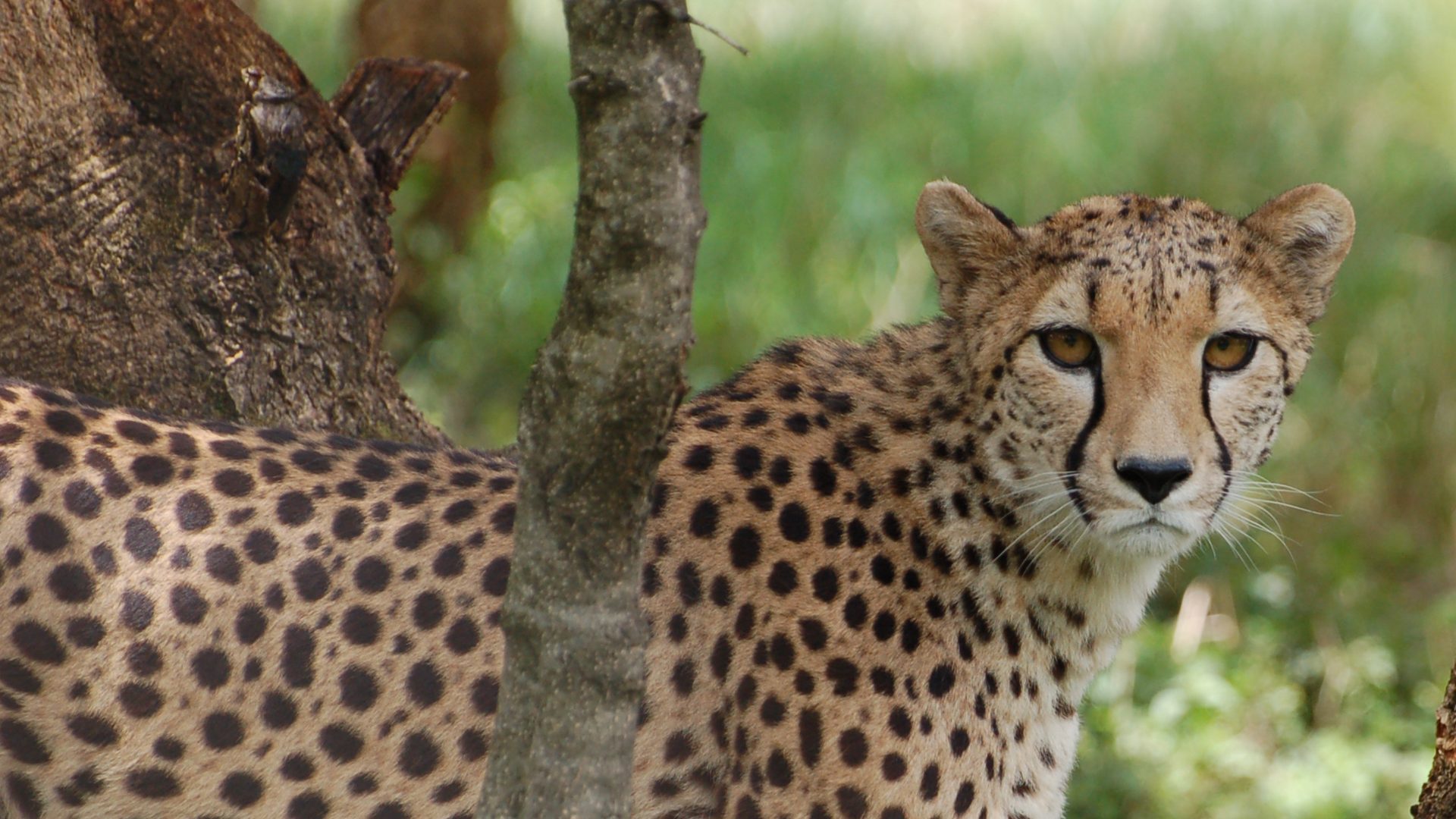
Acinonyx jubatus

Vulnerable

~6,517* mature individuals, declining. Last assessed in 2021
* According to the International Union for the Conservation of Nature (IUCN)

Carnivorous

Sub-Saharan Africa, Iran, possibly Libya and Djibouti

Weight – 39-65kg, body length – 1.1-1.5 metres, tail length – 0.6-0.8 metres

Habitat loss, human-cheetah conflict, prey loss, disease, unregulated tourism, poaching and illegal trade

Unlike other carnivores in the cat family (Felidae) cheetahs cannot retract their claws. It is believed that their claws help them maintain traction when running.
The fastest animal on land, the cheetah can accelerate at the rate of a sports car and sprint at up to 75mph. A cheetah’s spine is particularly flexible, and an enlarged heart, wide nostrils and increased lung capacity allow for better oxygen intake. All this means that they’re able to cover eight metres in a stride!
The cheetah is a stunning animal, easily recognised by its spotted coat, black tear marks below its eyes and long legs and back. Males are slightly larger but it is difficult to tell them apart from females.
Compared to other carnivores, they do not seem to prefer a specialised habitat so are found in a wide variety of ecosystems across Africa. Cheetahs live in forests, bush and savannah habitat but can also be found in arid or semi-arid areas. They are not found in tropical or high altitude (montane) forests.
In Asia, the cheetah has been eradicated from most of its range. Where they persist in Iran, they inhabit deserts where the population is small and extremely vulnerable to extinction.
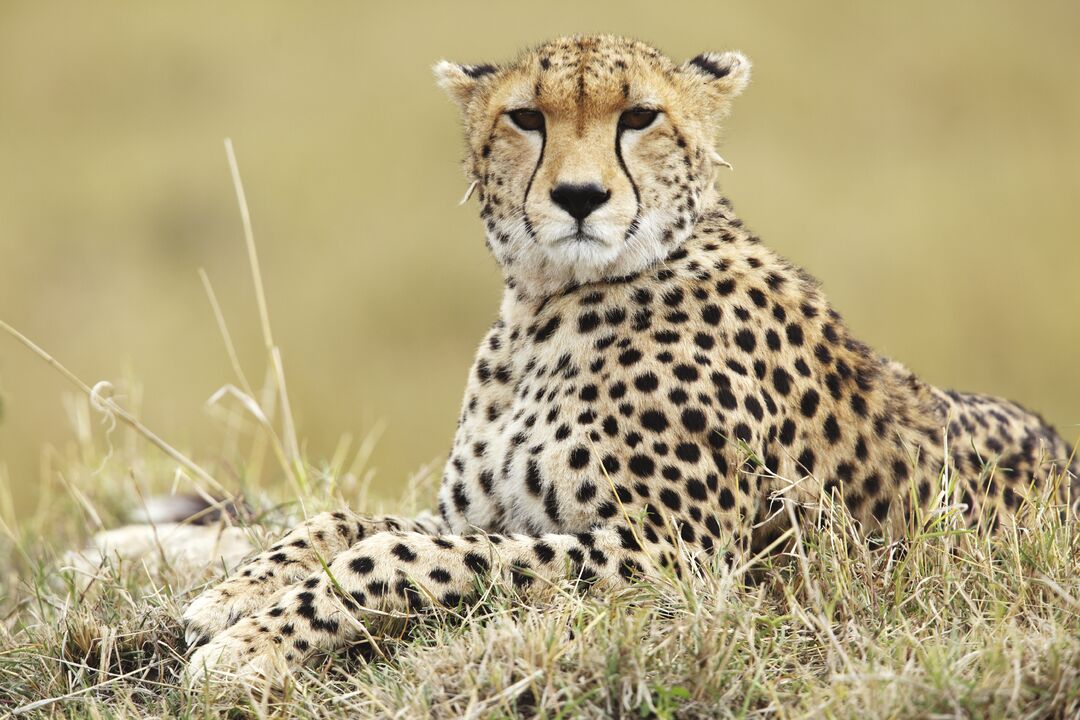
Except when they are raising cubs, females are solitary and live alone in very large home ranges.
Males are very sociable and will group together in coalitions, usually with their brothers, or two or three lone males. Males are highly territorial, choosing a point at which several female ranges overlap and defending this area. All the males in the coalition mark their territory with urine and defend it against intruders.
Females can give birth to up to nine cubs after a gestation of three months, although the average litter size is four. Cubs rely on their mother’s milk and stay with their mother until about 20 months old. During this time they learn how to hunt and avoid other predators.
Cheetah have a wide variety of vocalisations including yelps, whirrings, chirps, purrs, stutter barks and yowling. They also use scent to communicate, with males using urine, faeces and claw marks to distinguish their territories.
Cheetah are lower down the pecking order compared to other African carnivores. Lions and hyenas are known to steal food from cheetah and will kill cheetah cubs if the opportunity arises. Therefore, cheetah quickly learn avoidance behaviours to stay away from other carnivores.
Cheetahs need large areas of suitable habitat to survive so are particularly vulnerable to habitat loss and fragmentation. Much of the worldwide cheetah population is found outside protected areas where there can be frequent change in land use, which is one of the reasons why cheetah habitats are being destroyed.
Where habitat loss and fragmentation occur, prey tends to decline and livestock numbers increase. Not only does this result in more conflict with humans, but the loss of prey also directly impacts the survival of cheetah populations.
Cheetah can come into conflict with people when they kill livestock. Conflict is exacerbated in areas where cheetah habitat has been fragmented, causing people and their livestock to come into closer contact with predators. Some pastoralists may retaliate and injure or kill cheetah.
Bushmeat hunting in cheetah habitat can impact the species. Snares are indiscriminate and cheetah can become captured in them even when they are not the intended target. In some areas, cheetah may be hunted for their skins and other cultural uses.
There is also a significant illegal trade of cheetah cubs on the black market, to be sold as pets for wealthy individuals in the Gulf states. Cheetahs in captivity and cheetahs as a pet cannot live healthy and natural lives.
Cheetah can become infected with serious and deadly diseases including mange and anthrax and due to the low population density of cheetah, deadly diseases can result in local extinction.
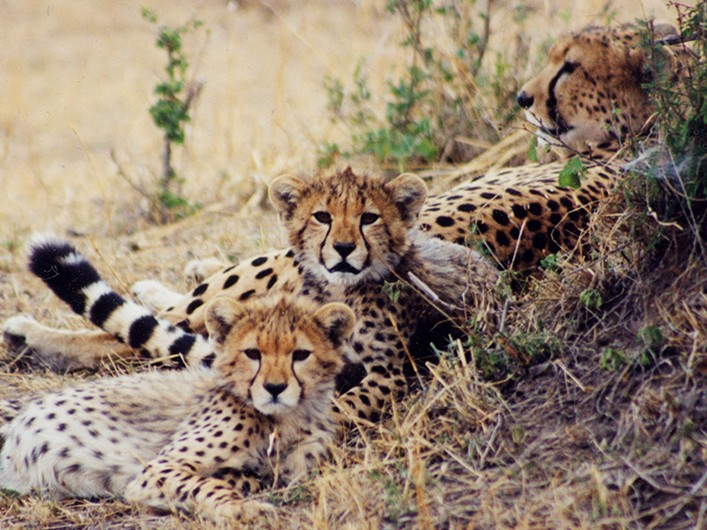
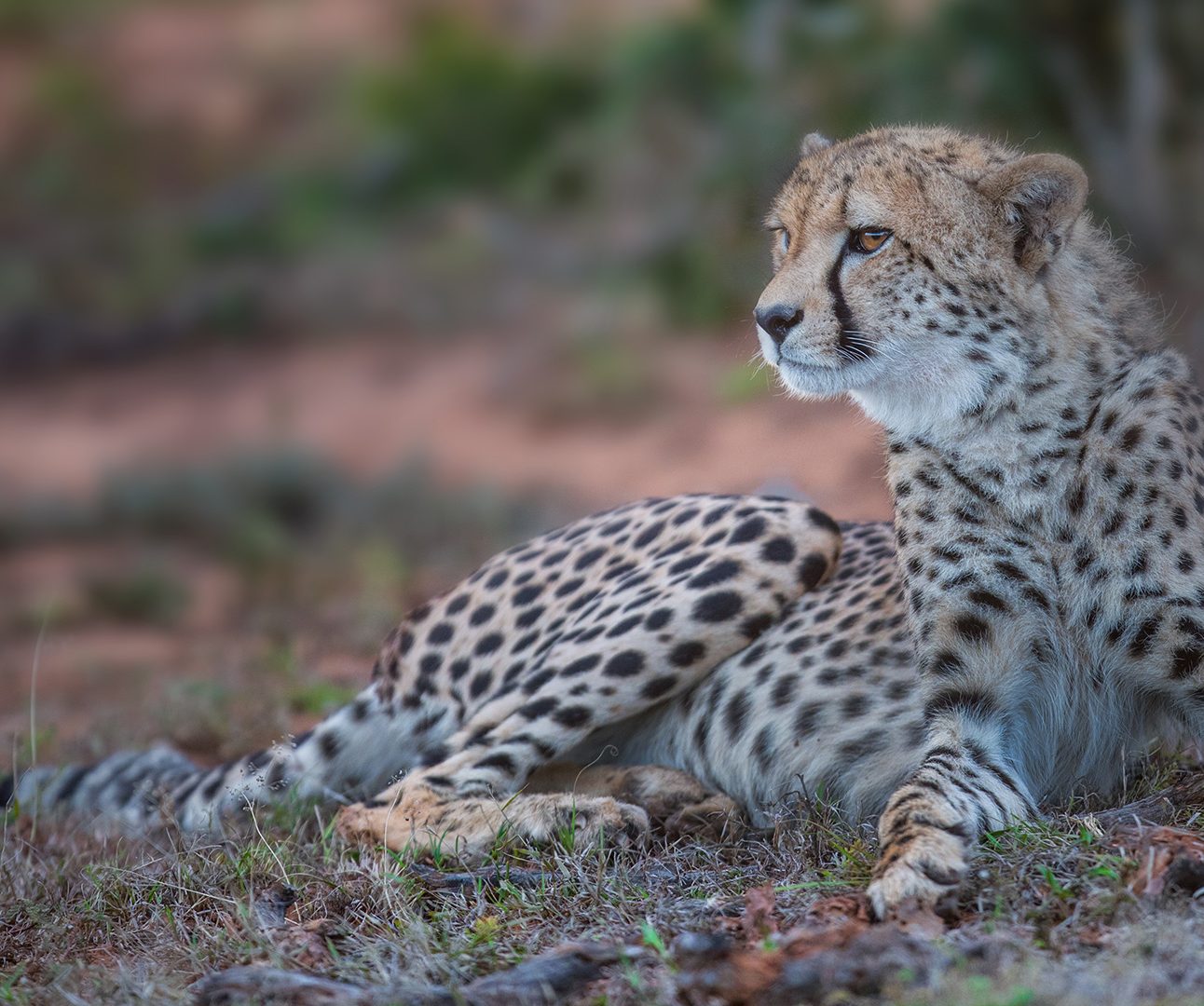
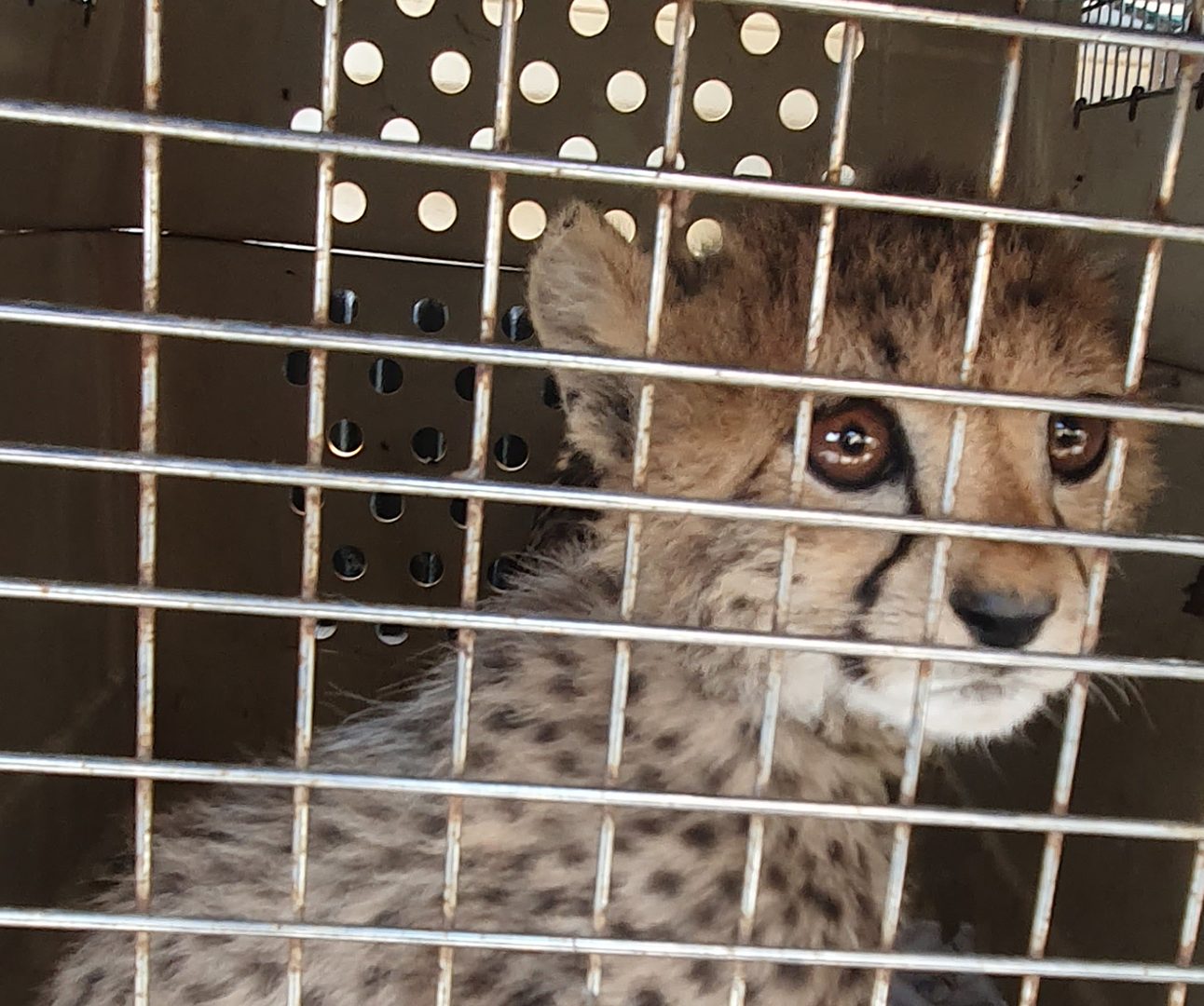
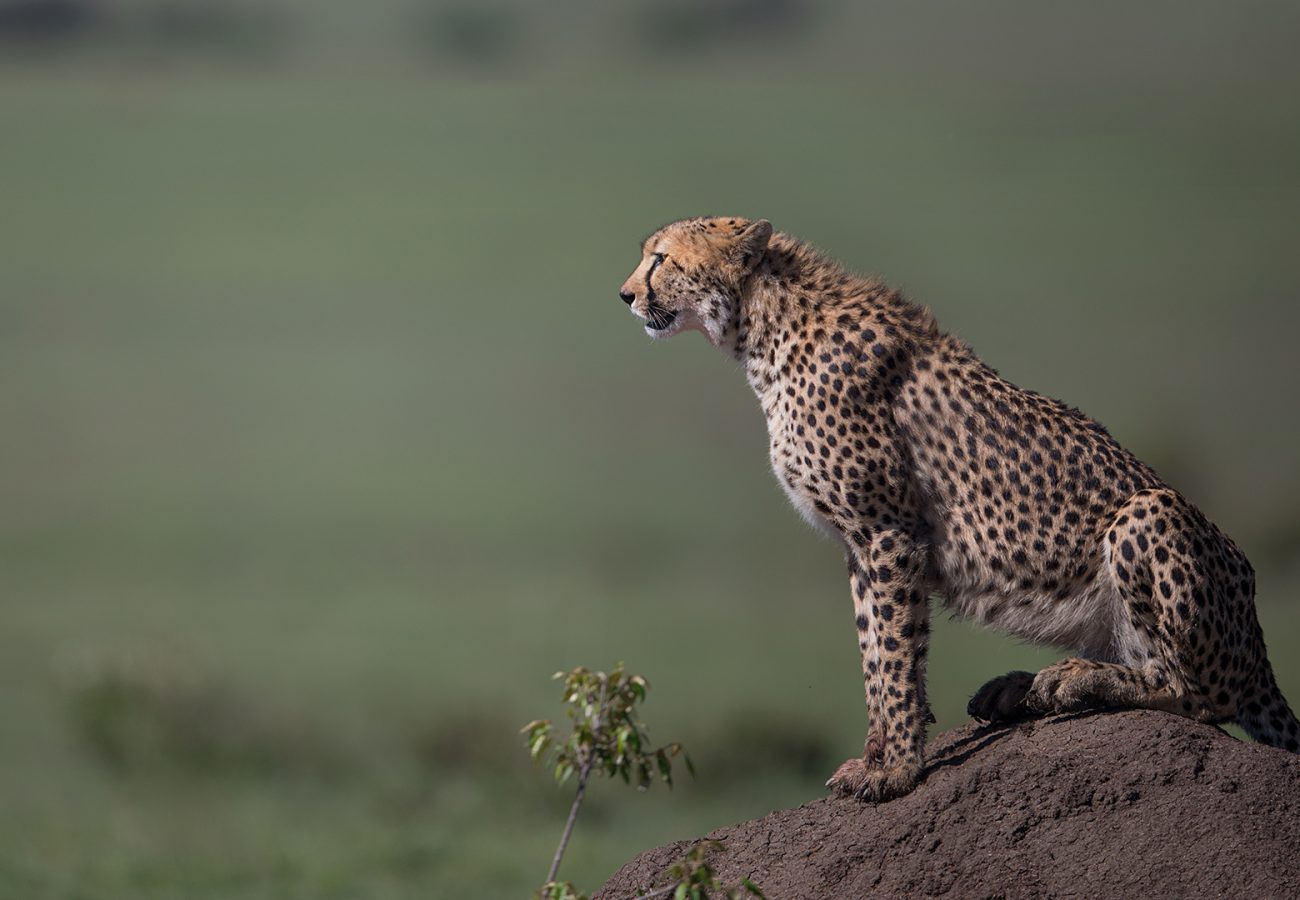
You can support Born Free's work to protect cheetah in the wild, and care for our rescued cheetah, by adopting the Cheetah Family.